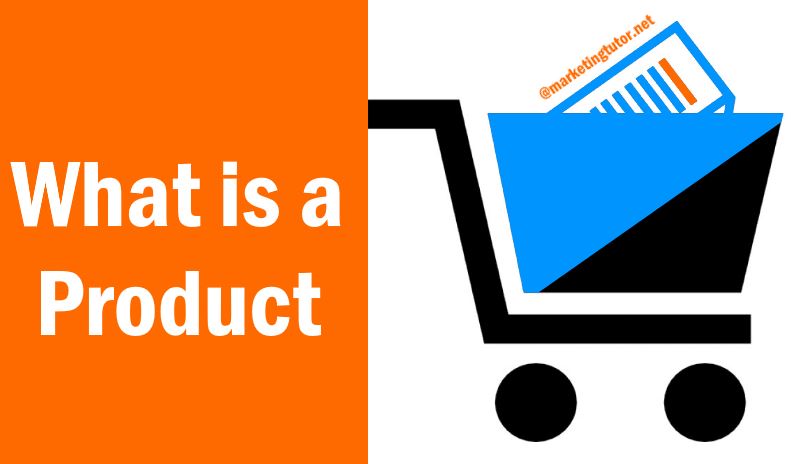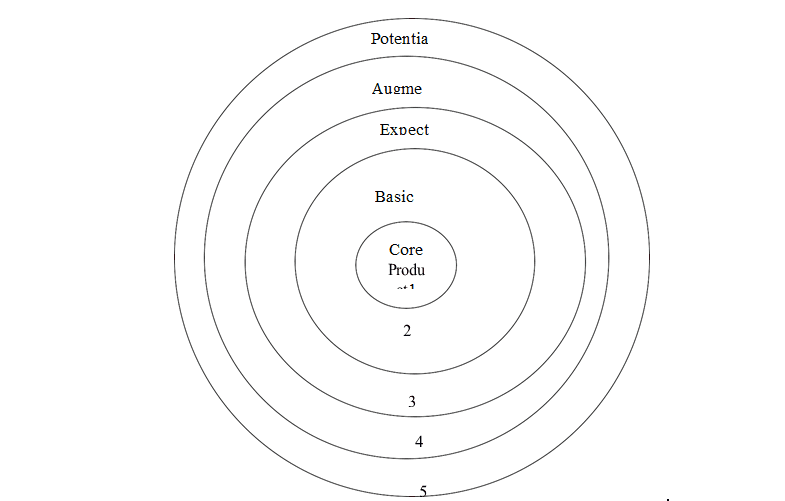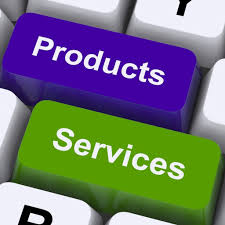Businesses are set up to produce. These products are sold to members of society for money. Goods consist of items with attributes that can satisfy people’s needs and wants.
Goods are tangible items, and services offered are intangible items that can provide value and satisfaction.
This unit introduces you to various theories of a product, the classification of products, and their characteristics.

What is a Product?
To be successful in both selling and marketing, it is necessary to have a proper perspective of the meaning of a product or how to view it from a marketing angle.
Let us understand this with the aid of an illustration – While conducting a seminar for operational salesmen who had been on the field for 10 to 12 years, ‘What are you selling?’
Different answers were received from various groups. A group answered, ‘Soaps’. When asked, ‘What? What did you say?’ the salesmen would immediately answer ‘soaps’.
They even tried to help the seminar leader by putting forward their right hand with the first finger and the thumb holding something rectangular, thereby assisting him in seeing soap – others claimed they sold ‘bulbs, drills, etc.’
Read Also: Composition and Functioning of the Marketing Environment
A product is the idea of a marketing mix variable on which all the other marketing mix variables revolve.
These images determine the values and satisfaction expected from a given product and how much the buyers will offer. Manufacturers and marketers must understand what a product means to consumers and their expectations of that product.
Hence, a product is simply a service, idea, people, place, and even organization offered for exchange. A product is a bundle of benefits or satisfaction sold to a customer. Products are objects sold to satisfy a need or want on both sides of the exchange process.
However, Stanton (1981:161) defines a product as a set of tangible and intangible attributes such as packaging, color, price, manufacturer’s prestige, retailer’s prestige, and manufacturer’s and retailer’s services, which the buyer may accept as offering want-satisfaction.
The consumer is not interested in your goods. Consumers are only interested in your products and not you or your organization.
Product Levels
It can be illustrated with the aid of a diagram as shown below:

The Core Benefits
That is, the elementary service or benefit that the customer is buying. For instance, the core benefit enjoyed by a guest in a hotel is rest and sleep.
Read Also: Composition and Functioning of the Marketing Environment
The Basic Product
Marketers turn the core benefit into a simple product. For example, in the case of the hotel, such things as a bed, table, chair, bathroom, and dresser are minor products enjoyed by a guest in the hotel.
The Expected Product
Here, marketers prepare an expected product, clusters of attributes, and conditions buyers usually expect when they purchase a product.
For example, in a hotel, guests expect a clean bed, fresh towels, a constant power supply, and a relatively quiet environment.
Augment Product
Marketers are concerned with preparing augmented products that exceed customers’ expectations. For example, a hotel may have a remote-controlled TV set, a remote-controlled air conditioner, fresh flowers, etc.
Potential Product
This consists of all the possible future augmentations and transformations the product might undergo, just as we have new products in our markets daily due to modifications and diversifications undertaken by manufacturers.
Read Also: The Functions of Proper Marketing
